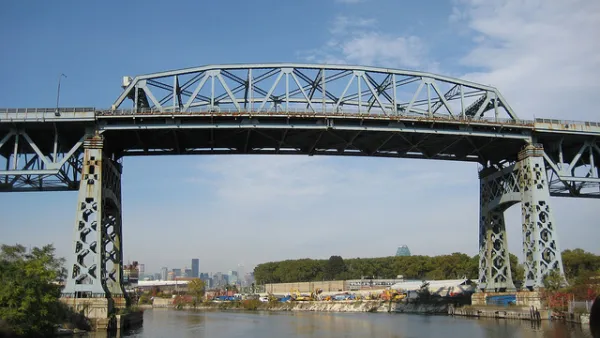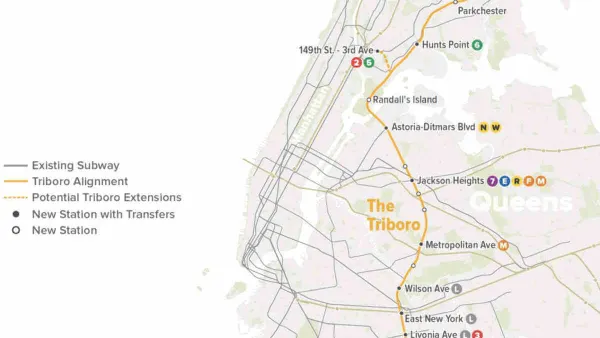Steven Stern explores New York's Newtown Creek through the eyes of Mitch Waxman, a self-taught historian and unlikely devotee of the aquatic wastedump-turned-Superfund site.
The bustling factories of old New York began spewing toxic waste into Newtown Creek at least a century and a half ago. Just within the last 100 years, the city's industry has spilt over 17 million gallons of oil into the currentless estuary – "more than the Exxon Valdez," Stern points out – topping the surface of the water with a 15-foot thick layer of "black mayonnaise". And Mitch Waxman, an amateur historian from nearby Queens, can recount in harrowing detail the evolution of businesses and practices that made it so.
"Formerly a comic-book artist and writer, Mr. Waxman earns his living doing photo retouching out of his apartment in Astoria," Stern explains. But after suffering a heart attack at the age of 39, Waxman began exploring the city on foot as a way to maintain his health. By 2009, he developed a morbid fondness for the creek, which he documents on his blog, The Newtown Pentacle.
His curiosity led him on an investigative search for a clear picture of the creek's history, "through countless solitary walks and countless nights poring over obscure archives." In the process, Waxman has made allies with environmental advocates, who look to him as the creek's resident historian, and taken on a role as a tour guide for the Newtown Creek Alliance.
"Mr. Waxman calls the area a 'municipal sacrifice zone,'" Stern writes - "the urban equivalent of the bomb test sites of Nevada."
FULL STORY: Your Guide to a Tour of Decay

National Parks Layoffs Will Cause Communities to Lose Billions
Thousands of essential park workers were laid off this week, just before the busy spring break season.

Retro-silient?: America’s First “Eco-burb,” The Woodlands Turns 50
A master-planned community north of Houston offers lessons on green infrastructure and resilient design, but falls short of its founder’s lofty affordability and walkability goals.

Delivering for America Plan Will Downgrade Mail Service in at Least 49.5 Percent of Zip Codes
Republican and Democrat lawmakers criticize the plan for its disproportionate negative impact on rural communities.

Test News Post 1
This is a summary

Test News Headline 46
Test for the image on the front page.

Balancing Bombs and Butterflies: How the National Guard Protects a Rare Species
The National Guard at Fort Indiantown Gap uses GIS technology and land management strategies to balance military training with conservation efforts, ensuring the survival of the rare eastern regal fritillary butterfly.
Urban Design for Planners 1: Software Tools
This six-course series explores essential urban design concepts using open source software and equips planners with the tools they need to participate fully in the urban design process.
Planning for Universal Design
Learn the tools for implementing Universal Design in planning regulations.
EMC Planning Group, Inc.
Planetizen
Planetizen
Mpact (formerly Rail~Volution)
Great Falls Development Authority, Inc.
HUDs Office of Policy Development and Research
NYU Wagner Graduate School of Public Service





























